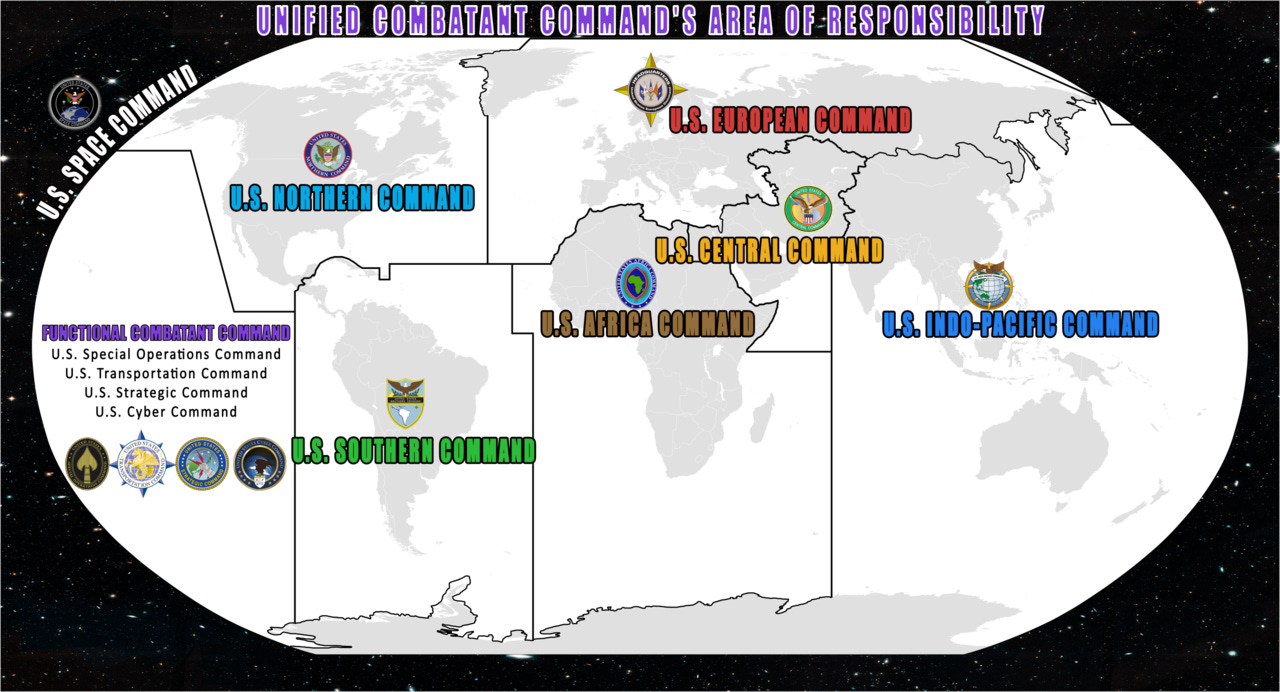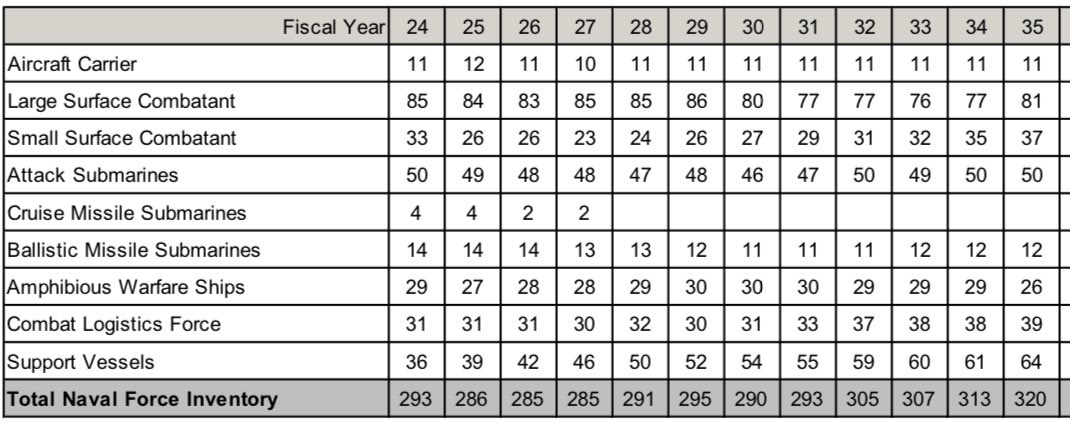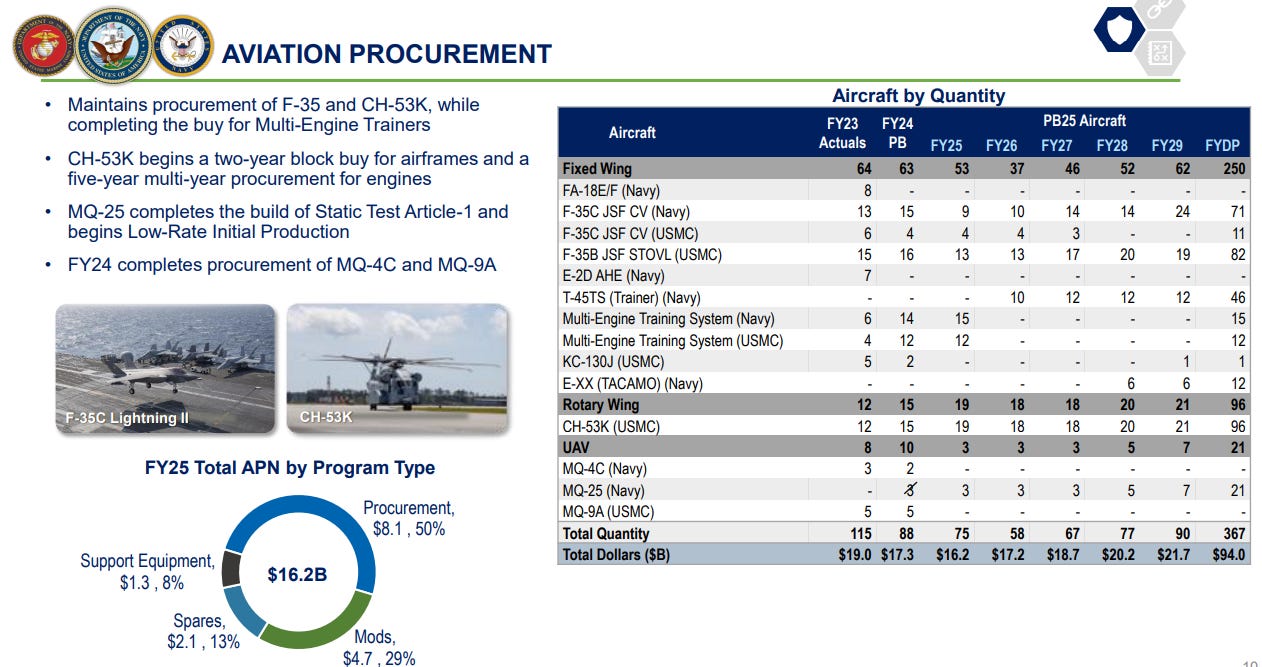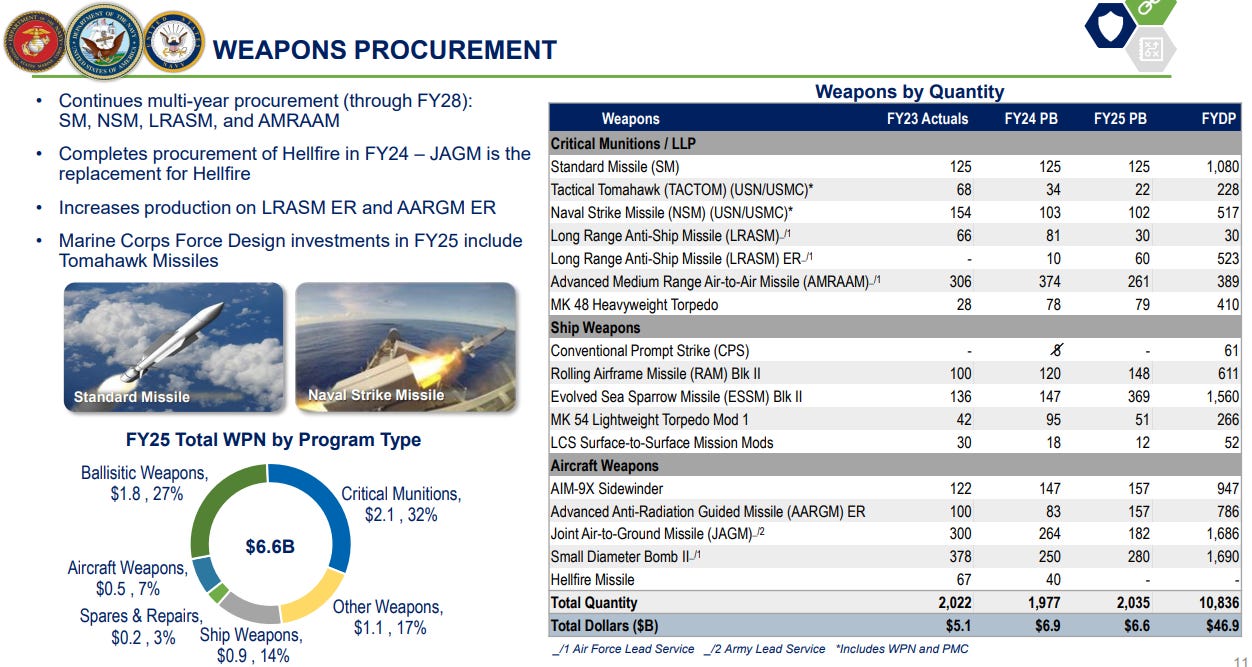We are well past a decade from President Obama’s “Pacific Pivot.” Tankers full of real and virtual ink over that time were invested in discussing the rise of the People’s Republic of China (PRC), its Long Game in a rise to parity with the USA in the Western Pacific, and in general the centrality of this challenge as the defining national security issue heading into mid-century. Roll that in with the “Davidson Window” period of greatest vulnerability of a coming war with the PRC, and you would expect that the Executive Branch and The Pentagon that reports to it would reflect this in how it spends its defense dollars.
You’d think.
Fewer things in life are more true than the simple fact that if you really want to know what an organization values, look at what it spends its money on.
By that measure, I’m not sure fighting and winning a war against our most capable adversary is really the priority. Something is – most likely the process – but few things are more clear in outlining the dead hand that is on the tiller of our national strategy than what we pulled across the transom this week.
I won’t dive into great detail on the budget materials, our friends CharlieB and Brent Sadler do a good job on that. No, I’m just going to pull a few points of order to, if not inform, hopefully inflame you.
Look at that yellow part again.
Is this really a “strategy driven budget?”
The Pentagon's 0.9% budget growth is set to be 0.9% while the PRC’s is expected to rise 7.2%.
Ummm, nope.
OK, what about focus? From the highlights section;
The NSS prioritizes Indo-Pacific, Europe, and the Western Hemisphere.
I’m sorry, but if this didn’t exist to explain the blobish-inertia on display, I’d have to invent it.
Let’s, as always, go to the chart. As these people all think in COCOM, let’s use their love language;
So, that means … our top priority is the globe except for majority-Muslim nations and the continent on the planet with the most volatile mix of demographics, economics, and religious strife going in to mid-century - Africa?
That’s an interesting message.
Let’s take a quick look around ships, aircraft, and weapons.
Ships:
The executive summary: we are decommissioning 10, but building only 6. Would be interesting to see how that bounces of the PRC’s plan.
Everyone hates carriers in the faculty lounge and think tank panel discussions, but when the real world calls, we never have enough deployed, or ready to deploy…yet…nothing new through 2029? I’ve heard it was pushed to 2030. Ahem.
The small carrier crowd does have something to grin about. I remember when a lot of shade was thrown at the well-deck free Midway Class CV sized AMERICA Class LHA and a lot of the Smartest People in the Room™ were going to end it with two units at Tripoli. Here are in 2024 with hull-3 Bougainville due to commission sometime this year, USS Fallujah (LHA 9) was laid down last year and we have a LHA 10 on the board. Huh.
Burke’s continue building until the crack of doom at two a year … but only three Constellation Class FFG every two years? Hmmm … let’s look at that bottom line again.
Be like ‘Ole Sal and ignore “the out years.” Trust no more than four years out….and there it is.
Like Brent Sadler pointed out, far from marching to 355 - or hell even 313 - we’re going from 293 to 285.
Ah yes, the Terrible 20s I warned everyone about in 2010? We’re not tickling 250 by the end of the decade as I feared - yet - but we’re getting close. Take out the non-operationally (see Red Sea OPS the last six months) LCS, and, well, we’re damn close. My “you’ll be lucky to have 10 SSBN” warning in 2010 linked above? Well, looks like 11.
It holds up well.
So, next to aviation.
Aircraft:
It seems we are blowing off my “Are you serious about war with the PRC?” admonition about not letting any production line go cold until its replacement is in full production. One day I hope I don’t have to say, “I told you so.”
No Super Hornets. No Poseidon. No Growlers. No E-2D. Not enough MQ-25 to be of any use to a fleet engaged in combat with a peer adversary by end of the decade. Overall, real and inflation adjusted, shrinking budgets in the near term (the only term that matters).
Well, that’s depressing. What can we take away from things that go boom?
Weapons;
I have a few questions:
Over the last six months, how many SM-2/3/6 have we fired in the Red Sea? Is that more or less than 125?
Over the last six months, how many TLAM have we fired in the Red Sea? Is that more or less than 34?
In a war to defeat a PRC attempt to seize Taiwan, what are the expected expenditure through D+14 of the missiles on this list? As such, how many days of weapons are we buying?
That’s just a few comments on the wavetops from what I’ve seen. There is one point I want to revisit - as it keeps coming top-of-mind.
A final note about the submarine numbers.
The anti-carrier school says that our nuclear submarines are our “capital ships.” I don’t agree fully, but it is a defendable position. That same group - along with me - are huge fans of AUKUS and the potential it has for a whole bunch of interlaced strategic advantages.
For a very long time everyone has been admiring the problems with our submarine industrial base. This is not new.
What does our budget tell us about how our decision makers view this issue? You can spin it all you want, but the numbers speak for themselves.
The delay of the Virginia class exposes the strains of the AUKUS defense pact as well. Together with the U.K., the arrangement seeks to provide Australia with nuclear-powered submarines. The U.S. has promised to sell Australia three Virginia-class submarines, in 2032, 2035 and 2038, with the option of providing two more. The idea is to strengthen deterrence in the Indo-Pacific region with key allies, but Navy officials have raised concerns about the impact AUKUS will have on shipyards.
The two-boats-per-year pace only addressed U.S. demand. To cater to AUKUS, the U.S. needs to construct 2.33 submarines per year, according to the Congressional Research Service. The actual delivery rate has averaged 1.2 boats per year for the past five years.
I’m not sure what our budget tells us overall, but I can tell you it sends a message that we are not preparing for what will be predominantly a maritime and aerospace fight west of the International Date Line.
If not, what exactly are we doing?










In 1984, Winston and Julia learn that the real war is not the one between the three superpowers but the one waged by the ruling class against its own people in order to maintain power. Actual combat is limited and takes place along the periphery. The population is kept under control through economic deprivation. surveillance, propaganda and the Thought Police. So glad 1984 was a work of fiction.
A very cogent and sobering analysis. With respect, I think things are even worse. Figure in inflation and this request is actually a defense cut. I also understand that the Columbia build is slipping at least a year. Yet "We" want to forgive college loans on the public--i.e. taxpayers. "We" want to fund free healthcare for all, including illegal aliens. I watched a leading Democrat from California (but I repeat myself) state openly that their aim is to reduce defense funding so as to make room for domestic spending (i.e. welfare). We have jackasses behaving like ostriches.